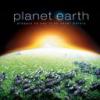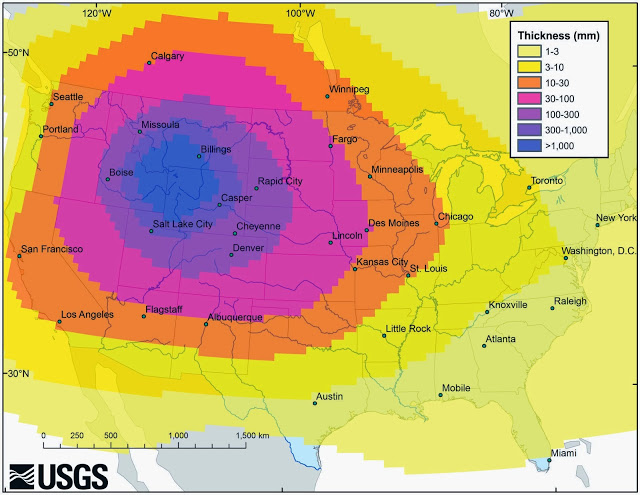| Online: | |
| Visits: | |
| Stories: |
Yellowstone Eruption Would Send Ash Across North America – USGS Study
by activistpost
In the unlikely event of a volcanic supereruption at Yellowstone National Park, the northern Rocky Mountains would be blanketed in meters of ash, and millimeters would be deposited as far away as New York City, Los Angeles and Miami, according to a new study.
An improved computer model developed by the study’s authors finds that the hypothetical, large eruption would create a distinctive kind of ash cloud known as an umbrella, which expands evenly in all directions, sending ash across North America.
A supereruption is the largest class of volcanic eruption, during which more than 1,000 cubic kilometers (240 cubic miles) of material is ejected. If such a supereruption were to occur, which is extremely unlikely, it could shut down electronic communications and air travel throughout the continent, and alter the climate, the study notes.
A giant underground reservoir of hot and partly molten rock feeds the volcano at Yellowstone National Park. It has produced three huge eruptions about 2.1 million, 1.3 million and 640,000 years ago. Geological activity at Yellowstone shows no signs that volcanic eruptions, large or small, will occur in the near future. The most recent volcanic activity at Yellowstone—a relatively non-explosive lava flow at the Pitchstone Plateau in the southern section of the park—occurred 70,000 years ago.
Source: http://www.riseearth.com/2014/08/yellowstone-eruption-would-send-ash.html





